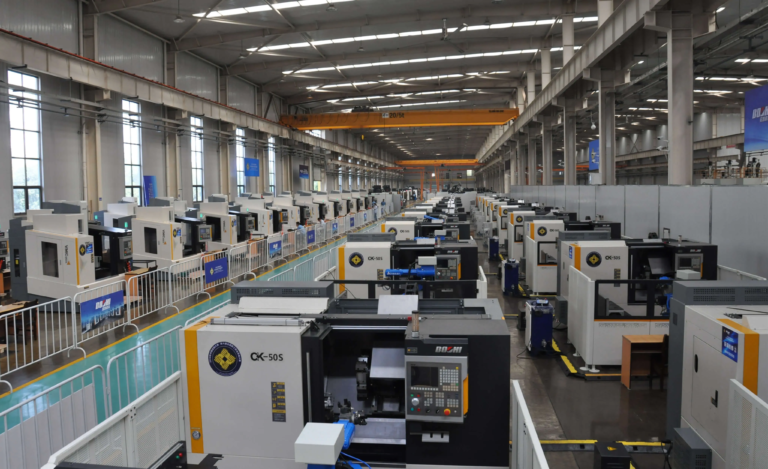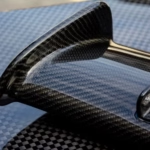The Unraveling Enigma: Cycloid and Involute Tooth Shapes in Gear Technology
In the realm of gear technology, the quest for optimal performance and efficiency has led to the development of two distinct dental shapes: cycloid and involute. While both shapes have their unique advantages, the properties and characteristics of each shape can have a significant impact on the overall functioning of a gear system. In this article, we will delve into the differences between cycloid and involute tooth shapes, exploring their advantages, disadvantages, and manufacturing considerations.
A Gearing Up Understanding: Cycloid Tooth Shape
The cycloid tooth shape is characterized by its hyperbolic profile, which can be challenging to manufacture. In a cycloid gear, the teeth are designed to roll on a circular surface, creating a path that is mathematically defined as a “trajectory at a certain point in the circumference, which rolls on a straight line without sliding” (Kumar, 2015). This unique design allows for the creation of a hyperbolic shape, which holds the potential for increased gear ratios and improved power transmission. Furthermore, the cycloid tooth shape is capable of transmitting a constant speed ratio, as long as the central distance remains precise.
Involute Tooth Shape: The Simplified and Efficient Approach
In contrast, the involute tooth shape is characterized by a single curved profile, which is both easier to manufacture and more cost-effective. The involute shape is created by rolling a circular surface on a straight line, resulting in a “unique curve” that facilitates gear operation. Unlike the cycloid tooth shape, the involute shape does not require a precise central distance, allowing for a more forgiving gear system.
A Comparative Analysis: Cycloid vs. Involute Tooth Shapes
- Performance: Cycloid gears are capable of transmitting a constant speed ratio, while involute gears operate more smoothly. However, the cycloid tooth shape is more prone to manufacturing defects and greater wear, due to its hyperbolic profile.
- Manufacturing: Involute gears are simpler to manufacture, with a lower cost of production.
- Wear and Tear: Cycloid gears have a higher resistance to wear, thanks to their extended dental surface, while involute gears have a more radial surface, resulting in less intense wear.
- Central Distance: Cycloid gears require a precise central distance to ensure a constant speed ratio, while involute gears can operate in a more forgiving environment.
Gearing Up for Success: A Glimpse into the Future
The choice between cycloid and involute tooth shapes ultimately depends on the specific application and requirements of a gear system. While the cycloid tooth shape offers increased gear ratios and improved power transmission, the involute shape provides a more cost-effective and simpler manufacturing process. As technology continues to evolve, it is likely that advancements in manufacturing techniques will further blur the lines between these two distinct dental shapes, allowing for the creation of more efficient and effective gear systems.
Conclusion
In conclusion, the cycloid and involute tooth shapes represent two distinct approaches to gear technology, each with its unique advantages and disadvantages. As technology continues to push the boundaries of what is possible, it is essential to understand the characteristics of each dental shape, as well as their manufacturing considerations. By understanding the intricacies of cycloid and involute tooth shapes, gear manufacturers can create more efficient and effective gear systems, ultimately driving innovation and advancement in the field.

















